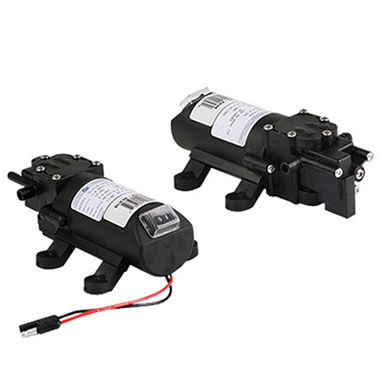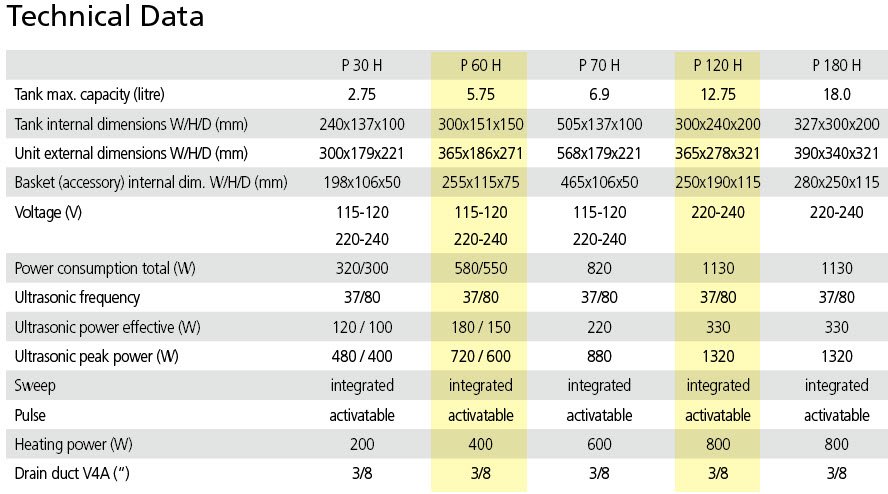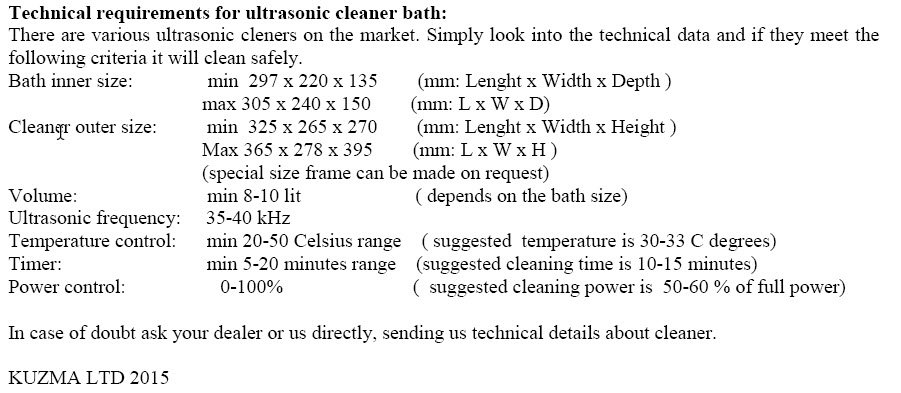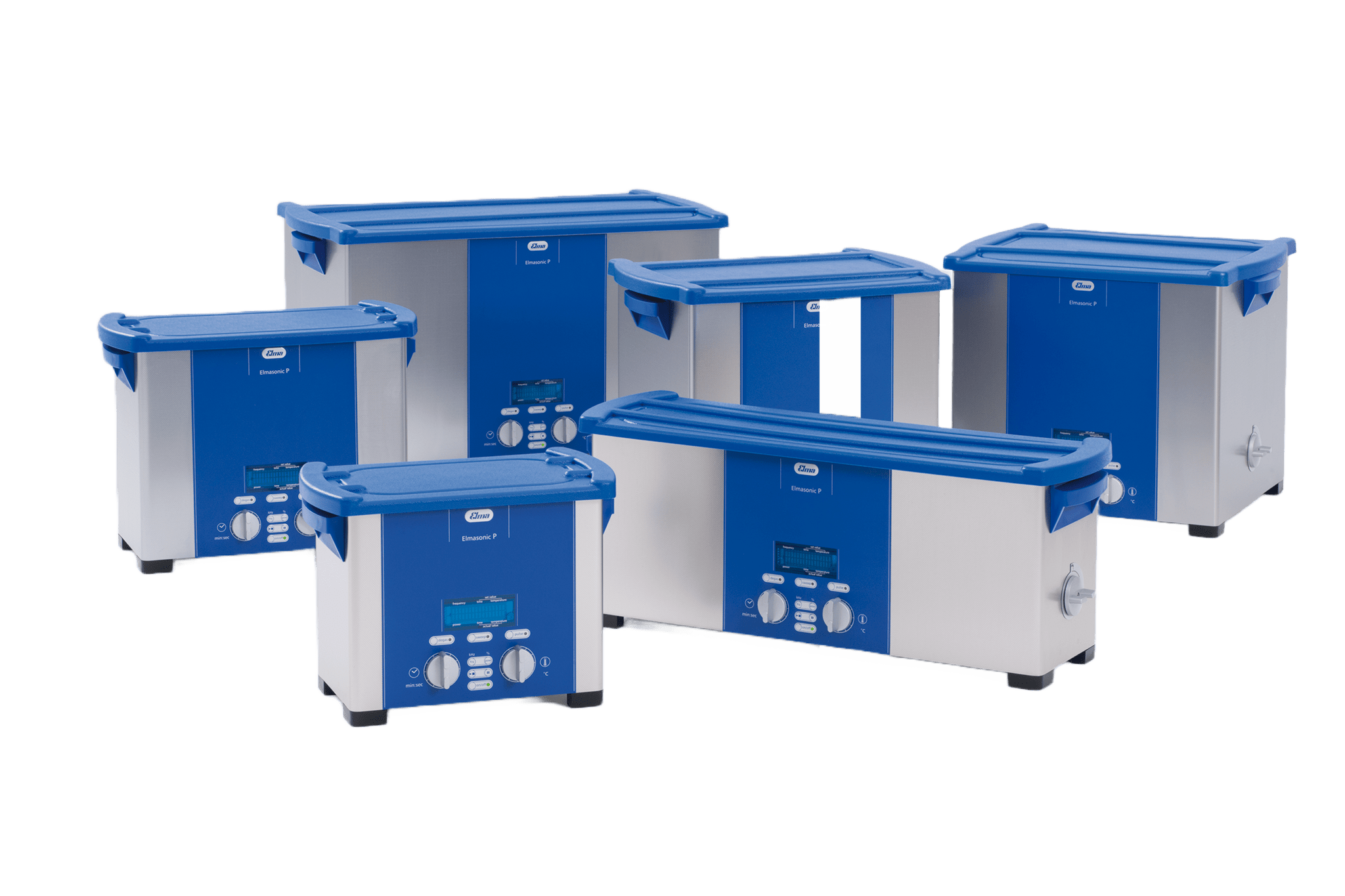Elmasonic P Series
View attachment 116432
Kuzma RD
View attachment 116433
Here's how I translate between Elma and Kuzma. (pls correct if wrong)
| L | W | H |
| P180 external | 390 | 321 | 340 |
| RD tank max external | 365 | 278 | 395 |
As I see it, the P180 is too big for the standard RD. Although I have not inquired, a larger RD stainless front panel would likely be required along with longer connecting stainless side dowels. The dowels are probably not a big deal but the front panel is. Franc might do it if he had the time, but it truly would be a one off.
edit: Crikey - I see the P180 pdf that BJ posted shows different specs for W/D/H than the chart I posted, which is also from Elma. Take your choice for width, 321 or 340mm -- it still won't fit.
Hi 'tima',
Thank you for your also very informative post. Very much appreciated.
As Neil, pointed out with my small batches of LP cleaning and with Kuzma having to make a custom RD, it just wouldn't be worth it, plus all of the other disadvantages that Neil has very kindly pointed out.
Also it is well published now both from your good self 'tima' and from Neil that and Kuzma that the Elma Elmasonic P120H is the ideal machine for Ultrasonic Cleaning of LPs.
For the UK an online company that distributes Messrs Elma equipment is having a sale till end the year on the Elmasonic machines with some very reasonable reduction in prices (P120H currently £1,648 (excl. 20% VAT), reduced from normal UK price of £2,080 (excl. 20% VAT))i.e.;
There is also another online company serving the UK with Messrs Elma products that has an even a higher reduction in prices (P120H £1,590 (excl. 20% VAT)) but the Elmasonic machines are re-badged with their own company name ('Fischerbrand') i.e.;
Fisherbrand™ P-Series Ultrasonic Water Baths have convenient digital display of set and operating parameters, a cavitation resistant stainless steel tank, ergonomic handles for easy positioning and a durable lid that helps reduce sound and solution evaporation.

www.fishersci.co.uk
The other online company serving the UK with Elma Elmasonic machines (but at the current full UK price of £2,080 (excl. 20% VAT)) is;
Elma Elmasonic P Multi-Frequency Digital Ultrasonic Cleaners are advanced ultrasonic cleaning devices designed for professional and industrial use. They offer high-quality cleaning through the use of sound waves to remove contaminants from a wide range of items, including delicate or intricate...

www.thelabstore.co.uk
However, the problem with all of these online companies is that you have to register your company with them first before you can buy from them.
I can do this (as I have a registered UK Ltd company that I have owned and ran since 2010). However, they may want you to buy to a certain value over a certain time i.e. a turnover / yr. I need to make contact with them and see what the rules are for buying just one off machine from them (although I may also consider another Elmasonic machine for rinsing, like you do 'tima', instead of using my Keith Monks RCM for the rinsing and only use the KM RCM for the initial pre-wash for records that haven't gone through that process yet).
My current favourite at the moment is the 'VWR' online company.














